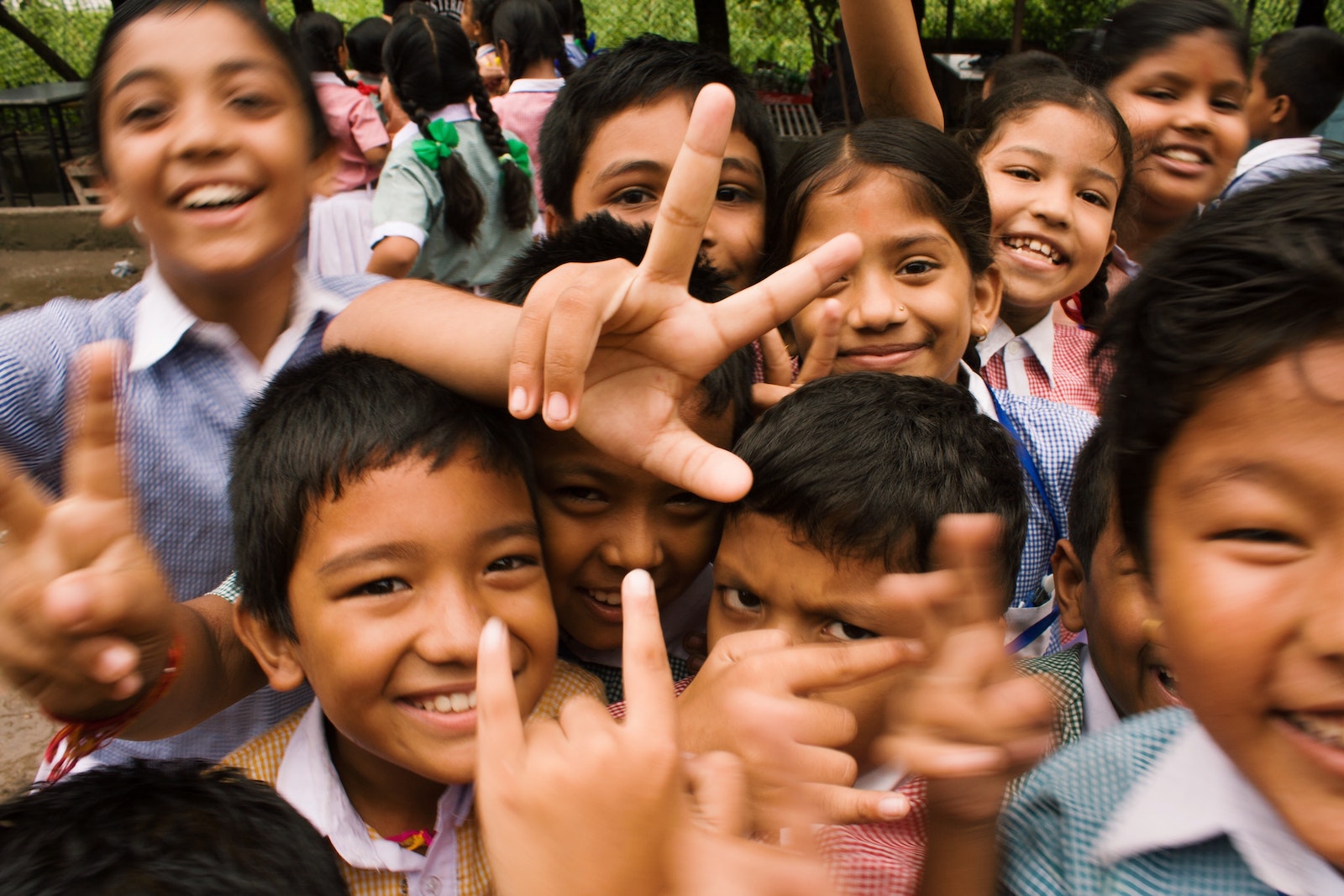“Anxiety in Children: Managing and Preventing it” is an informative article that explores various health conditions and topics related to children’s health. From anxiety in children to exercise for kids with asthma, bedwetting, chickenpox, constipation, and more, this comprehensive piece covers a wide range of concerns. It also highlights the significance of healthy eating, hydration, immunizations, and personal hygiene. With practical tips and advice, the article offers insights on how to effectively manage and prevent health issues in children, while emphasizing the importance of physical activity for their overall well-being and development. Additionally, readers can utilize the symptom checker and search feature to conveniently find relevant health services.
Understanding Anxiety in Children
Anxiety is a common mental health issue that can affect individuals of all ages, including children. According to the content provided, anxiety is an important topic in children’s health. This article aims to provide a comprehensive understanding of anxiety in children by discussing its definition, prevalence, causes, signs and symptoms, as well as strategies for diagnosis, management, prevention, and support.
What is Anxiety?
Anxiety can be described as a normal and adaptive response to stress or danger. It is characterized by feelings of worry, fear, and apprehension. While it is normal for children to experience anxiety in certain situations, such as before a test or a performance, chronic and excessive anxiety that interferes with daily functioning is not typical.
Prevalence of Anxiety in Children
Anxiety disorders are among the most common mental health disorders in children. According to the content, anxiety affects a significant number of children. It is estimated that around 10-20% of children experience anxiety symptoms at some point during childhood. Girls are more likely to be diagnosed with anxiety disorders compared to boys.
Causes of Anxiety in Children
There is no singular cause of anxiety in children. Rather, it is believed that a combination of genetic, environmental, and psychological factors contribute to the development of anxiety disorders. Some potential causes include a family history of anxiety or mental health disorders, exposure to stressful events or traumatic experiences, a sensitive temperament, and certain personality traits.

Signs and Symptoms of Anxiety in Children
Children with anxiety may exhibit a range of signs and symptoms. These can vary depending on the child’s age and individual characteristics. Common signs and symptoms of anxiety in children include excessive worrying, restlessness, difficulty concentrating, physical symptoms like headaches or stomachaches, sleep disturbances, refusal to go to school or participate in social activities, and increased irritability or tearfulness.
Diagnosing Anxiety in Children
Diagnosing anxiety in children requires a comprehensive evaluation by a qualified healthcare professional. The content suggests that professional evaluation is crucial for accurate diagnosis and appropriate treatment. Healthcare professionals, such as pediatricians or child psychologists, will typically consider the child’s symptoms, clinical interview, and any relevant medical or family history.
Screening Tools for Anxiety in Children
In addition to professional evaluation, there are several screening tools available to assist in the identification of anxiety in children. These tools are designed to assess the frequency and intensity of anxiety symptoms. Examples of commonly used screening tools include the Screen for Child Anxiety Related Disorders (SCARED) and the Pediatric Anxiety Rating Scale (PARS).
Differential Diagnosis
Differential diagnosis involves distinguishing anxiety disorders from other conditions that may present with similar symptoms. It is important to differentiate anxiety from other mental health disorders, such as attention-deficit/hyperactivity disorder (ADHD), post-traumatic stress disorder (PTSD), or depression. A thorough assessment by a healthcare professional is necessary to accurately diagnose and differentiate anxiety from other conditions.
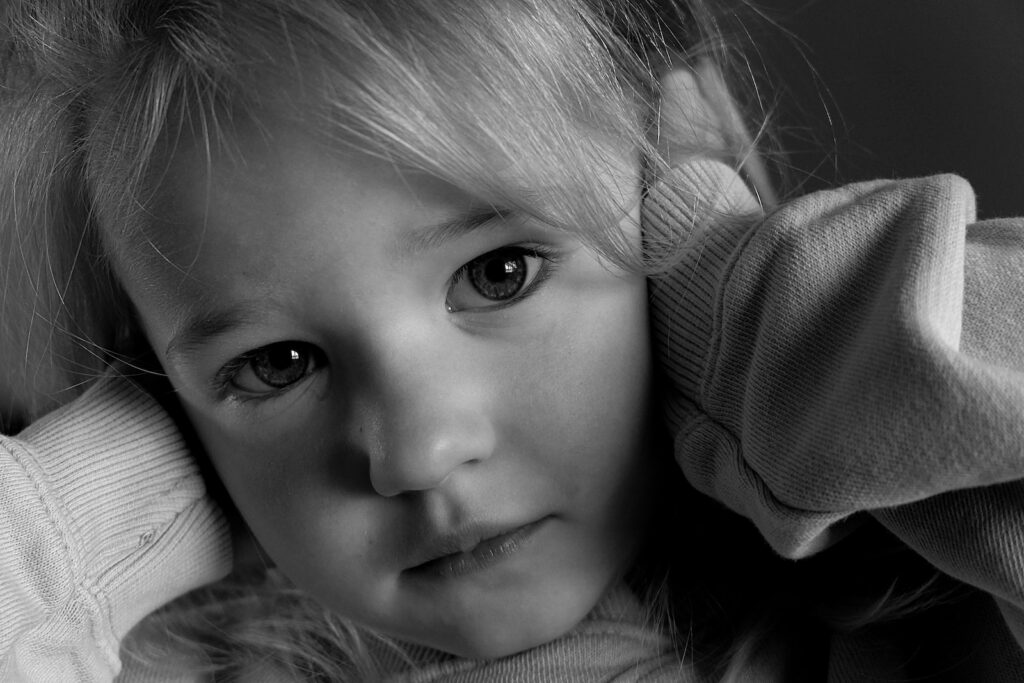
Managing Anxiety in Children: Strategies and Techniques
Once a child is diagnosed with an anxiety disorder, there are various strategies and techniques that can help manage and alleviate their symptoms. The following approaches have shown effectiveness in treating anxiety in children:
Psychotherapy for Anxiety in Children
Psychotherapy, also known as talk therapy or counseling, is a widely used treatment for anxiety in children. It involves regular sessions with a trained mental health professional who helps the child identify and manage their anxiety. Psychotherapy can provide a safe and supportive environment for children to express their fears and learn coping strategies.
Cognitive Behavioral Therapy (CBT)
Cognitive Behavioral Therapy (CBT) is a specific type of psychotherapy that is commonly used to treat anxiety disorders in children. It focuses on the connection between thoughts, feelings, and behaviors. CBT helps children identify and challenge irrational thoughts or beliefs that contribute to their anxiety. It also teaches them coping skills and relaxation techniques to manage anxiety symptoms.
Exposure Therapy
Exposure therapy is a technique used in the treatment of anxiety disorders, particularly specific phobias. It involves gradually exposing children to feared situations or objects in a controlled and supportive manner. Through repeated exposure, children can learn to confront and manage their fears, ultimately reducing anxiety.
Relaxation Techniques
Relaxation techniques, such as deep breathing exercises, progressive muscle relaxation, and guided imagery, can help children reduce feelings of anxiety and promote a sense of calm. These techniques can be taught and practiced with the guidance of a mental health professional or through self-help resources such as books or mobile applications.
Mindfulness and Meditation
Mindfulness and meditation practices involve focusing one’s attention on the present moment and cultivating a non-judgmental awareness. These practices can help children develop emotional regulation skills and reduce anxiety. Mindfulness and meditation can be taught and practiced through formal programs or with the guidance of a trained professional.
Social Support and Peer Relationships
Social support from family members, friends, and peers can play a significant role in helping children manage anxiety. Supportive relationships provide children with a sense of belonging and reassurance. Encouraging positive peer interactions and fostering healthy social relationships can help reduce anxiety symptoms.

Parental Support and Involvement
Parental support and involvement are crucial in the management of anxiety in children. Parents can help their children by providing a safe and nurturing environment, actively listening to their concerns, and modeling healthy coping skills. Collaborating with healthcare professionals and being actively involved in their child’s treatment plan can also be beneficial.
Art and Play Therapy
Art and play therapy offer creative and expressive outlets for children to communicate and process their emotions. These therapeutic approaches can help children explore and understand their anxiety in a non-threatening and enjoyable way. Art and play therapy are often used in conjunction with other treatment modalities for anxiety.
Medication Options for Severe Cases
In severe cases of anxiety, medication may be considered as part of the treatment plan. The content suggests that medication should only be prescribed after a thorough assessment by a qualified healthcare professional. Medications commonly used to treat anxiety in children include selective serotonin reuptake inhibitors (SSRIs) and benzodiazepines. These medications should be carefully monitored and used in conjunction with therapy.
Preventing and Reducing Anxiety in Children
Preventing and reducing anxiety in children involves creating a supportive environment and teaching healthy coping skills. The content emphasizes the importance of the following strategies:
Creating a Supportive Environment
A supportive environment is one that fosters a sense of safety, love, and acceptance. Parents, caregivers, and educators can create such an environment by providing consistent boundaries, clear expectations, and a nurturing atmosphere. Creating a safe space for children to express their thoughts and feelings can also help reduce anxiety.
Promoting Healthy Coping Skills
Teaching children healthy coping skills can empower them to manage their anxiety more effectively. Coping skills can include deep breathing exercises, positive self-talk, engaging in hobbies or activities they enjoy, and seeking support from trusted individuals. Encouraging and modeling these skills can help children develop resilience and adaptive coping strategies.
Teaching Relaxation and Stress Management Techniques
Educating children about relaxation and stress management techniques can be invaluable in preventing and reducing anxiety. Teaching children techniques such as deep breathing, progressive muscle relaxation, and guided imagery, can equip them with tools to calm their minds and bodies during times of heightened anxiety.
Encouraging Open Communication
Encouraging open communication with children is essential for understanding their worries and concerns. Parents and caregivers should create a safe space for children to express their feelings without judgment. Validating their emotions and actively listening can help alleviate anxiety and promote problem-solving.
Nurturing Positive Self-Esteem
Nurturing positive self-esteem can help protect children against anxiety. Encouraging children’s strengths, providing constructive feedback, and promoting a healthy self-image can contribute to their overall well-being. Building a positive self-esteem foundation can empower children to face challenges and manage anxiety more effectively.

Limiting Exposure to Stressful Situations
Excessive exposure to stressful situations can contribute to anxiety in children. Parents and caregivers should be mindful of the environments they create for children and aim to minimize unnecessary stressors. Creating routines, maintaining a balanced schedule, and avoiding over-scheduling can help reduce anxiety-inducing situations.
Promoting Physical Activity and Exercise
Physical activity and exercise have been shown to have positive effects on mental health, including anxiety. Encouraging regular physical activity can help reduce anxiety symptoms by releasing endorphins, improving mood, and promoting overall well-being. Engaging in activities such as sports, yoga, or simply playing outside can be beneficial for children’s mental health.
Anxiety in Specific Age Groups
Anxiety can manifest differently in different age groups, and understanding these differences is crucial in providing appropriate support. The content suggests that anxiety presents differently in preschoolers, school-age children, and adolescents.
Anxiety in Preschoolers
Preschoolers may experience separation anxiety, phobias, or generalized anxiety disorder. Common signs of anxiety in this age group include clinginess, excessive crying, fear of strangers, nightmares, or physical complaints. Providing consistent routines, reassurance, and teaching basic coping skills can be helpful in managing anxiety in preschoolers.
Anxiety in School-Age Children
School-age children may experience anxiety related to school performance, social situations, or specific fears. Signs of anxiety may include excessive worrying, refusal to attend school, sleep disturbances, or physical symptoms. Creating a supportive school environment, helping children develop problem-solving skills, and involving them in activities they enjoy can aid in managing anxiety.
Anxiety in Adolescents
Adolescents commonly experience anxiety disorders such as generalized anxiety disorder, social anxiety disorder, or panic disorder. Signs of anxiety in this age group may include avoidance of social situations, school refusal, difficulty concentrating, or changes in appetite or sleep. Providing a safe and non-judgmental space for adolescents to express themselves, fostering autonomy, and involving them in decision-making can be effective in managing anxiety.
Anxiety in Children with Special Needs
Children with special needs are more susceptible to experiencing anxiety. The content highlights the importance of recognizing and addressing anxiety in children with special needs. Some common anxiety disorders in this population include separation anxiety disorder, specific phobias, and obsessive-compulsive disorder.
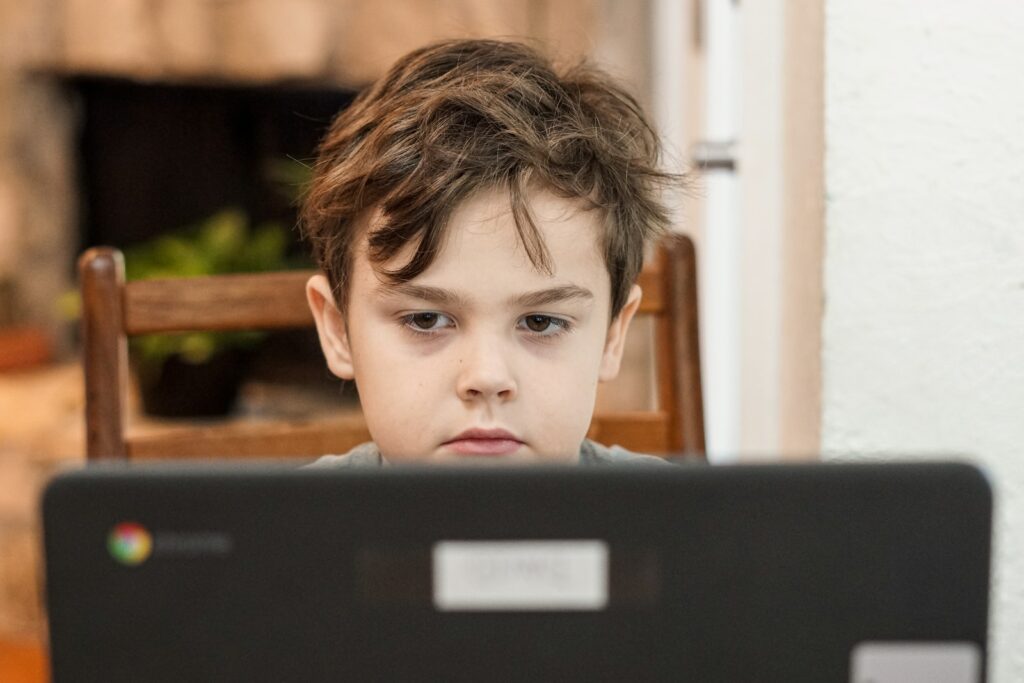
Common Anxiety Disorders in Children with Special Needs
Children with special needs may present with specific anxiety disorders, such as separation anxiety disorder, specific phobias, or obsessive-compulsive disorder (OCD). These disorders may manifest differently in children with special needs, and tailored interventions may be required to address their unique needs.
Addressing Anxiety in Individualized Education Plans (IEPs)
Individualized Education Plans (IEPs) are essential documents that outline the educational goals and supports for children with special needs. When anxiety is a concern, IEPs can address accommodations and strategies to support the child in managing anxiety within the school environment. Collaboration between parents, educators, and mental health professionals is crucial in creating effective IEPs.
Supporting Children with Special Needs in Managing Anxiety
Supporting children with special needs in managing anxiety requires a multidisciplinary approach. Collaborating with healthcare professionals, educators, and therapists can help develop personalized strategies to address anxiety. It is important to understand the unique challenges and strengths of each child to provide appropriate support.
Tips for Parents and Caregivers
Parents and caregivers play a crucial role in supporting children with anxiety. The content provides a range of tips to help parents and caregivers effectively support their children:
Educating Yourself about Anxiety in Children
Educating oneself about anxiety in children is essential for parents and caregivers. Understanding the symptoms, causes, and available treatments can empower them to provide appropriate support. Resources such as books, articles, or support groups can help parents and caregivers gain knowledge and strategies.
Building a Strong Support System
Building a strong support system can provide parents and caregivers with the necessary emotional and practical support. Connecting with other parents who have children with anxiety can offer a sense of community and shared experiences. Utilizing mental health services and seeking professional help when needed is also important.
Modeling Healthy Coping Skills
Parents and caregivers serve as role models for their children. Modeling healthy coping skills, such as self-care, stress management, and effective problem-solving, can positively influence children’s own coping strategies. Demonstrating self-regulation and resilience can help children develop similar skills.
Encouraging Expression of Feelings
Encouraging children to express their feelings openly and honestly can help reduce anxiety. Creating a safe space for children to share their worries and fears without judgment can alleviate their anxiety. Active listening and validation of their emotions can foster trust and strengthen the parent-child bond.

Establishing Routines and Predictability
Establishing routines and predictability can provide a sense of security for children with anxiety. Consistency in daily schedules and expectations can reduce uncertainty and anxiety. Parents and caregivers can work with their children to establish routines that promote structure and stability.
Promoting a Balanced Lifestyle
Promoting a balanced lifestyle is important for overall well-being and anxiety management. Encouraging healthy eating habits, regular physical activity, quality sleep, and adequate leisure time can contribute to resilience and reduced anxiety. Scheduling enjoyable activities and creating a balance between responsibilities and leisure can also be helpful.
Seeking Professional Help when Needed
Recognizing when professional help is needed is crucial in effectively managing anxiety in children. Parents and caregivers should be aware of persistent or severe symptoms, interference with daily functioning, safety concerns, or lack of improvement with self-help strategies. Consulting with healthcare professionals can provide appropriate guidance and support.
Anxiety in School Settings
Anxiety in school settings is a common concern that requires attention and support. Schools can play a vital role in identifying and addressing anxiety in children. The content suggests several strategies for managing anxiety in the school setting:
Recognizing Anxiety in the Classroom
Educators and school staff should be trained to recognize signs of anxiety in children. These signs may manifest as academic difficulties, social withdrawal, frequent visits to the nurse’s office, or increased absences. Creating a supportive and non-judgmental environment can help children feel safe and comfortable in expressing their anxiety.
Creating an Inclusive and Supportive Environment
Creating an inclusive and supportive environment is essential for managing anxiety in schools. Establishing clear and consistent rules, promoting positive peer relationships, and fostering a sense of belonging can help reduce anxiety. Educators can encourage an atmosphere of empathy and understanding to support children with anxiety.
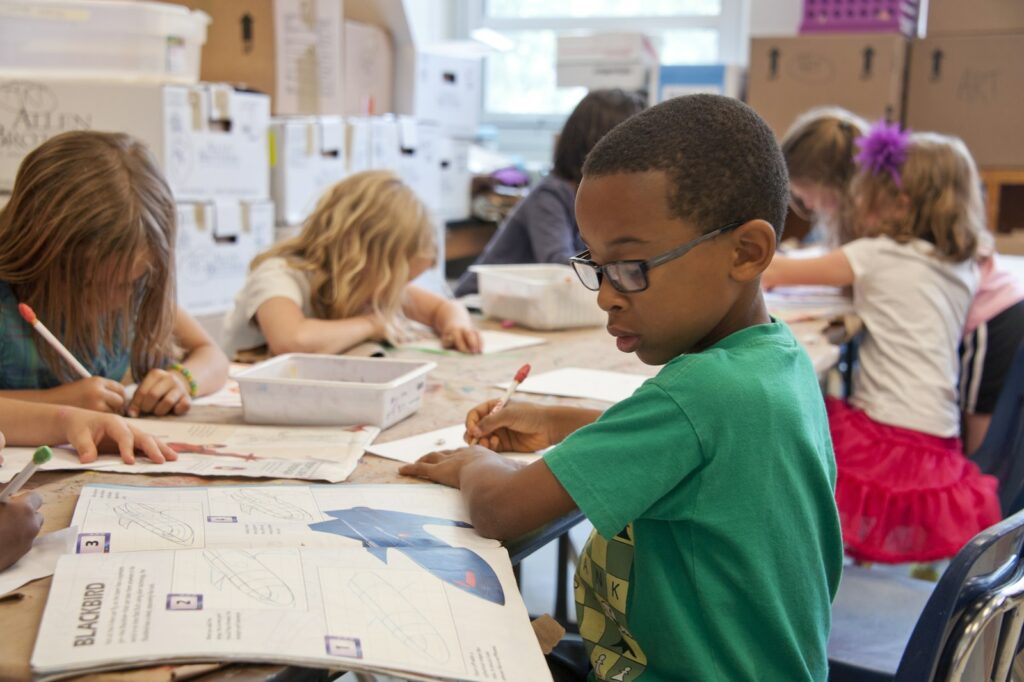
Implementing Effective Classroom Strategies
Effective classroom strategies can help children with anxiety thrive academically and socially. Adjustments such as providing visual schedules, offering frequent breaks or movement opportunities, and implementing calming corners can help reduce anxiety in the classroom. Individualized accommodations may be necessary for children with specific anxiety disorders.
Collaborating with Mental Health Professionals
Collaboration between schools and mental health professionals is crucial in supporting children with anxiety. School counselors, psychologists, or therapists play a vital role in assessing and providing appropriate interventions. Regular communication and collaboration can ensure a comprehensive and coordinated approach to managing anxiety in the school setting.
The Role of Social Media in Childhood Anxiety
Social media plays a significant role in the lives of children and adolescents, and it can impact their mental health, including anxiety. Understanding the impact of social media can help parents, caregivers, and educators navigate its influence more effectively.
Understanding the Impact of Social Media
Social media platforms can contribute to anxiety by fostering comparisons, cyberbullying, and increasing exposure to distressing content. Unrealistic ideals promoted on social media can also negatively impact self-esteem and body image. Parents, caregivers, and educators should be aware of the potential risks and monitor children’s social media use.
Setting Healthy Boundaries
Setting healthy boundaries around social media use is crucial for managing anxiety. Establishing limits on screen time, monitoring content, and promoting online privacy and safety can help reduce the negative impact of social media. Open conversations about responsible online behavior and the potential risks can empower children to make safe and healthy choices.
Teaching Media Literacy Skills
Teaching media literacy skills equips children with the ability to critically analyze and evaluate the content they encounter online. Educating children about unreliable sources, misinformation, and the manipulative nature of some social media content can help them navigate social media more effectively. Teaching children to question and verify information can reduce anxiety caused by misinformation.
Promoting Offline Connections
Promoting offline connections and activities can help counterbalance the potentially isolating nature of social media. Encouraging children to engage in face-to-face interactions, participate in hobbies, and spend time with family and friends can provide a sense of connection and belonging outside of the digital world. Offline activities can promote social skills, self-confidence, and overall well-being.
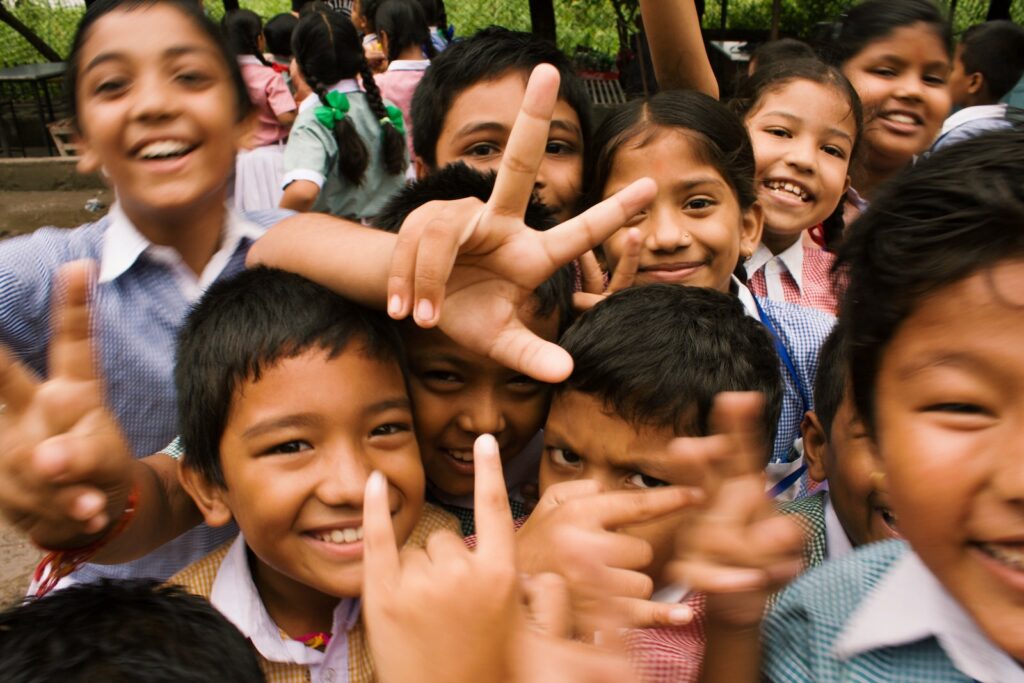
When to Seek Professional Help
While self-help strategies and support from parents or caregivers can be beneficial for managing anxiety in children, there are instances when professional help is necessary. The content identifies several indicators for seeking professional help:
Persistent and Severe Symptoms
Persistent and severe anxiety symptoms that interfere with a child’s daily life warrant professional intervention. If a child’s anxiety persists for an extended period, intensifies, or frequently recurs, it is important to seek help from a healthcare professional or mental health specialist.
Interference with Daily Functioning
When anxiety begins to significantly impact a child’s ability to function in different areas of life, professional help should be sought. This may include difficulties attending school, maintaining relationships, or participating in age-appropriate activities. A qualified professional can assess the severity and provide appropriate interventions.
Safety Concerns
If a child’s anxiety leads to thoughts of self-harm, suicidal ideation, or other safety concerns, immediate professional help is necessary. Parents, caregivers, or educators should take these signs seriously and seek assistance from mental health professionals or utilize emergency services.
Lack of Improvement with Self-Help Strategies
If self-help strategies and supportive interventions do not alleviate a child’s anxiety, professional assistance should be sought. Healthcare professionals can conduct a comprehensive assessment, provide an accurate diagnosis, and recommend appropriate treatment options.
In conclusion, anxiety in children is a significant mental health concern that can have a profound impact on their overall well-being. Understanding anxiety, its prevalence, causes, signs and symptoms, and strategies for diagnosis, management, prevention, and support is crucial for parents, caregivers, educators, and healthcare professionals. By recognizing the signs, providing appropriate support and intervention, and seeking professional help when necessary, we can ensure that children with anxiety receive the care and support they need to thrive.
